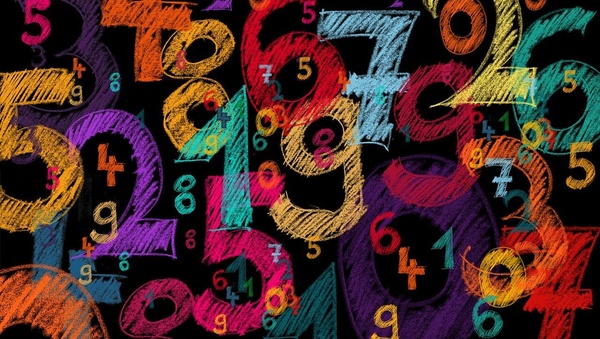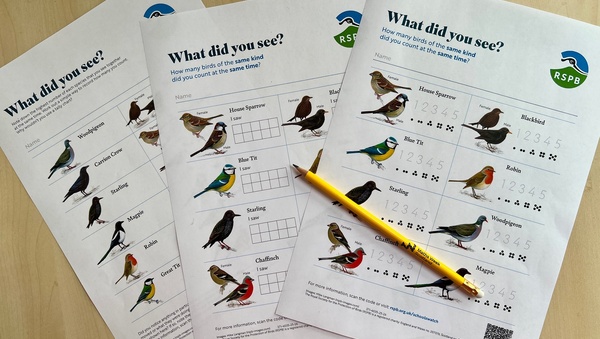How to Play Dara

You're probably familiar with noughts-and-crosses, the two-player game where the first player to get three in a row wins. Today we'd like to introduce you to a row-building game that's a little more complex than noughts-and-crosses. Dara is a row-building game originating from Northwest Africa. In Nigeria it is played by the Dakakari people, and it also popular in neighbouring countries where it is sometimes known under other names. Unlike in noughts-and-crosses, in Dara the game doesn't end when you manage to make a row of three! The aim is to keep making rows of three, and to capture your opponent's pieces along the way.
You Will Need
- 2 players.
- A game board with a 5x6 grid. Make your own, or download a copy of our Dara grid.
- 12 playing pieces per player, e.g. different coloured beads or buttons.
If you are playing this game outside, you can also draw out a grid with chalk, or in the sand if you are at the beach. You can use natural materials, such as pebbles and pine cones, or two different kinds of shells, for the playing pieces.
The game is played in two phases. Watch our video for a quick overview, or scroll down to read the detailed instructions.
Phase 1
- In Phase 1, players take it in turns to place their pieces on to empty spaces on the grid.
- In the placement phase, it is not permitted to form rows of three or more pieces of the same colour.
Phase 2
Once all the pieces have been placed, players take it in turns to move one of their pieces to an adjacent empty square.
- Pieces can only be moved vertically or horizontally. Diagonal moves are not allowed.
- If a player forms a row of three when moving one of their pieces, they get to remove one of their opponent’s playing pieces from the board.
- If a player forms two rows of three at once (e.g. moving a piece creates both a vertical and horizontal row of three at the same time), only one opponent piece may be removed from the board.
- Rows of four or more are not allowed.
- If a player can’t move any of their pieces, they miss a turn.
- If a player only has two pieces left, they lose and their opponent wins the game.
Variations
There are a few variations you may come across, if you further read up on Dara.
- Rows of three are allowed during the placement phase, but they don’t count as a capture.
- Rows of four are allowed, but they don’t count as a capture.
- If playing a game that allows rows of four, a row of three cannot be formed simply by moving the end piece from a row of four.
Maths skills involved: number sense, spatial reasoning, logical deduction
Latest News and Events

Maths Week 2026: Maths Matters
Maths Week Scotland is back for 2026 with the theme Maths Matters. To celebrate our tenth year, we will have an extended gala week running over two weekends, from Saturday 19 to Sunday 27 September.

RSPB Big Schools' Birdwatch
It is almost time for the RSPB Big Schools’ Bird Watch – the largest citizen science project for schools across the UK. Sign up to take part, from 6th January- 13th February 2026.
